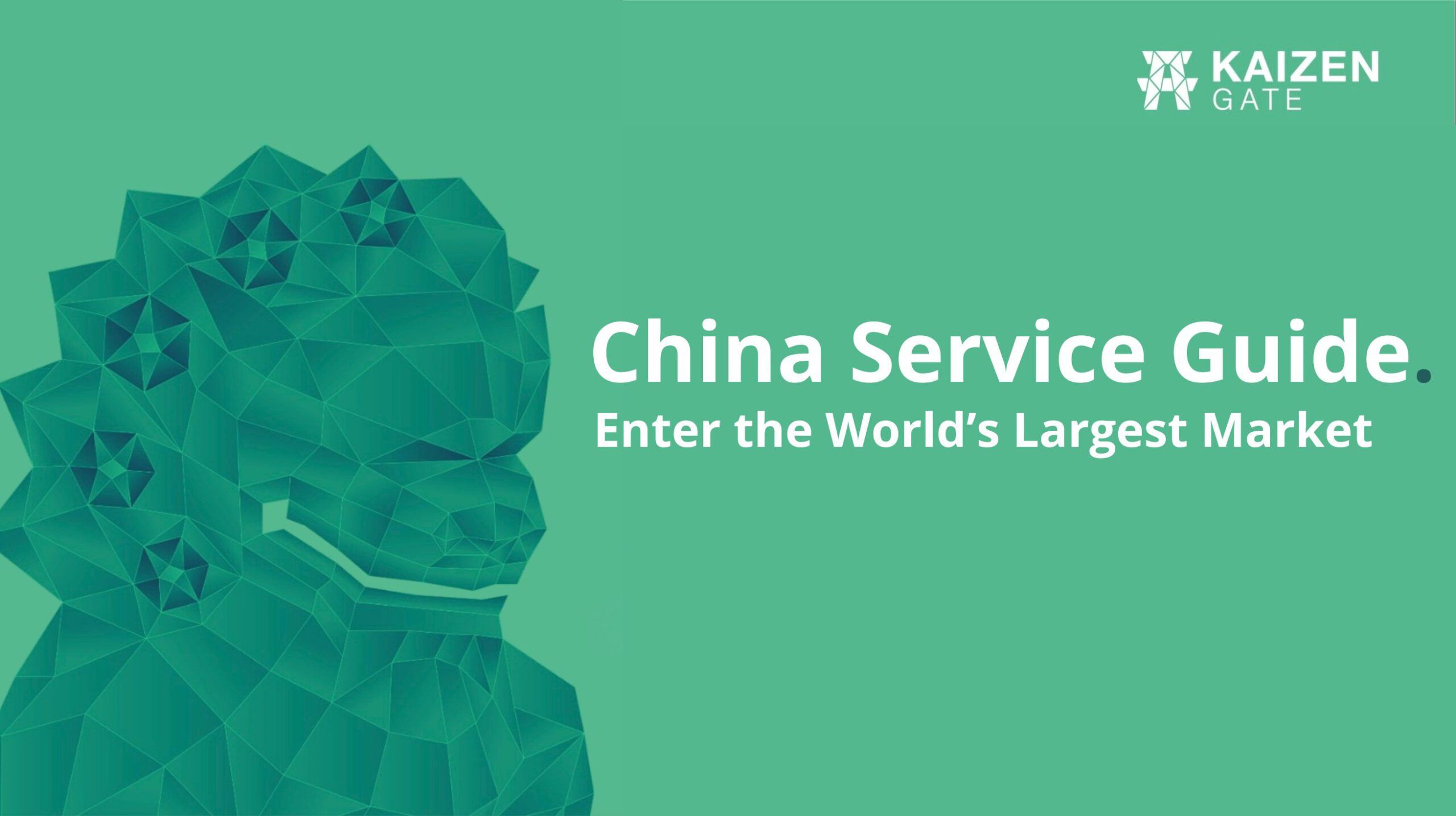On April 2, 2025, the Trump administration unveiled sweeping global import tariffs, framing the day as “Liberation Day” for the American economy. President Trump described the new duties as a corrective to decades of “unfair” foreign trade practices, aiming to reduce U.S. dependence on imported goods and level the playing field through reciprocal taxation. The announcement, made without prior disclosure, introduces stackable tariffs across a wide range of industries: automotives, metals, pharmaceuticals, tech, and consumer goods.
A new 25% tariff on global car imports comes into immediate effect, complementing revived steel and aluminum duties. Pharmaceuticals, long exempt due to health concerns, are now targeted, with European drug components particularly affected. Technology supply chains also face strain, with tariffs on semiconductors and electronics challenging multinationals reliant on global networks. Retailers such as Walmart and Target are anticipating price hikes across consumer categories, already pressuring suppliers to absorb costs.
This marks a sharp departure from sector-specific trade actions of the past. The “Liberation Day” tariffs are broad, layered, and deeply structural, invoking protectionist nationalism in the name of industrial revival, but their global implications will be profound.
Global Reactions and Realignments
Unsurprisingly, the announcement triggered global market volatility. Stock prices dipped, gold surged, and institutions like Goldman Sachs revised recession risk for the U.S. up to 35%, citing inflationary pressures and suppressed growth. The average American household may pay an additional $3,400 annually due to cost pass-throughs on imported goods. Meanwhile, partner economies worldwide anticipate economic drag from higher input prices and decreased access to U.S. markets.
The European Union condemned the move and prepared a €26 billion retaliation list targeting symbolic American exports. While Brussels initially delayed its rollout to allow for negotiation, the message from EU leadership has been firm: Europe did not seek this trade conflict but will not remain passive. At the same time, European strategy has turned inward and eastward, strengthening intra-EU commerce and eyeing closer trade ties with China and ASEAN nations.
The UK, meanwhile, has taken a conciliatory path. Prime Minister Keir Starmer has opened talks with Washington to explore a bilateral trade deal, seeking insulation from broader impacts. Canada and Mexico, however, reacted swiftly. Ottawa reinstated tariffs on U.S. metals, and Mexico signaled measured retaliation while hoping for de-escalation.
In Asia-Pacific, responses mirror a trend toward regional cohesion. Australia signaled a unified response across party lines to defend key exports like beef. Japan and South Korea, both caught in the auto and tech tariff net, are deepening ties with each other and China. In fact, a new trilateral agreement between China, Japan, and South Korea was announced just before the U.S. move, signaling increased intra-Asia trade cooperation.
China’s Central Role in a Shifting Order
As the prime target of U.S. trade action, China has responded proportionately, expanding tariffs on U.S. energy, agriculture, and key industrial inputs. American soybean and LNG exporters are already seeing major disruptions. More broadly, China is stepping into the vacuum created by U.S. retreat, solidifying ties with Europe, Latin America, ASEAN, and Africa.
The growing alignment between European rhetoric on trade diversification and China’s global outreach could accelerate the emergence of aparallel trade ecosystem. While a full decoupling is unlikely, regional blocs are becoming more defined. Countries like India and Brazil, meanwhile, are repositioning tactically: India may reduce tariffs to avoid inclusion in U.S. sanctions; Brazil is redirecting soy and beef exports toward China and Europe.
In the long term, Trump’s policies may catalyze a systemic realignment. Firms are now reassessing global operations, moving away from a single globalized production model toward more regionalized supply zones: the Americas, Europe, and East Asia.
What Businesses Should Do Now
In this climate, agility and foresight are critical. The following approaches offer a framework for navigating the disruption:
1. Diversify and Dual Source: Companies are moving away from dependence on any single country by qualifying multiple suppliers in multiple regions. For example, apparel firms in Europe are complementing Vietnam production with Turkey or Bangladesh. This redundancy, while complex, creates essential flexibility.
2. Nearshoring and Friend-Shoring – With Caution: Nearshoring to adjacent or politically aligned countries can reduce exposure to long-haul supply risks. However, Trump’s indiscriminate tariff approach complicates this, Canada, Mexico, and even the EU are affected. Friend-shoring must therefore be coupled with lobbying and proactive scenario planning.
3. Rerouting and Tariff Engineering: Many companies are exploring legal ways to change country-of-origin status, such as final assembly in third countries. Logistics are being restructured to avoid costly transit points and leverage bonded warehouses or duty-deferral zones.
4. Strategic Stockpiling: Selective inventory building, especially for non-perishable, tariff-sensitive inputs, can buy time. But capital costs and obsolescence risks mean this is best used alongside long-term structural adjustments.
5. Supply Chain Collaboration: Companies are increasingly negotiating risk-sharing with suppliers and pooling procurement or freight services with peers to reduce cost. Internally, integrated teams are running geopolitical risk simulations and cost modeling as a new normal.
6. Cost Innovation and Consumer Value: With tariffs inflating production costs, companies are turning to design simplification, automation, and supply chain analytics. Product localization and smart pricing can also help maintain competitiveness without sacrificing loyalty.
China: Not Just a Risk, But a Strategic Pivot
Despite being a tariff target, China paradoxically emerges as a potential solution. For companies affected by U.S. tariffs, China presents both a resilient consumer market and an efficient manufacturing hub for third markets.
As U.S.–China trade frays, China maintains robust ties with ASEAN, the EU, and Africa. European firms can, for instance, sell more to Chinese consumers, whose appetite for foreign brands remains strong, and use China-based production for non-U.S. markets.
Further, China’s deep logistics infrastructure and free-trade agreements allow re-export models that serve Asia and beyond. For example, components made in China can be assembled in Vietnam or Poland and then shipped to final markets under a different origin code, reducing tariff impact when legally structured.

Gate Kaizen is the trusted partner of large and mid-cap companies as a provider of market entry services and HR Solutions in the Chinese market. We help your business save the outsantding costs of setting up your local entity by leveraging our own structure and the shortcuts of the digital era to minimize the financial risks of expanding overseas. This way, you can focus your attention on what really matters: your business.
A Practical Example: The “Kaizen Ecosystem” Model
Gate Kaizen, a consulting and operational platform, supports international companies seeking to enter or scale in China. Through its Kaizen Ecosystem, foreign brands can plug into a shared infrastructure, warehousing, customs handling, e-commerce, and sales representation without establishing a full legal entity or investing in standalone teams.
This model enables market testing and expansion with reduced risk and faster speed. By consolidating logistics and sales under one umbrella, mid-sized brands gain the scale and efficiency typically available only to multinationals.
A European appliance maker, for instance, might store its goods in Gate Kaizen’s Shanghai warehouse, distribute via shared sales reps to Chinese retailers, and list online using local channels managed by the platform, all without duplicating fixed costs. The model also facilitates access to consumer insight, cross-brand promotions, and collective negotiation leverage.
Outlook: A Fragmented, But Adaptable Future
The new tariff reality will not unwind globalization entirely, but it is fragmenting it. The “Liberation Day” measures are forcing a global rethink of supply strategies, cost structures, and trade dependencies.
For firms that respond early, this is a moment of structural strengthening: improving risk resilience by rebalancing their global footprints. Creative partnerships, whether through diversification of supply or distribution chains, are increasingly viable paths to sustain growth and competitiveness.
Amid today’s disruption lies an opportunity: not merely to survive tariff turbulence, but to rewire operations to gain a long-term competitive edge. Businesses that act now, diversifying sourcing, widening export markets, and partnering with foreign expansion platforms, stand to emerge stronger, leaner, and more globally agile.

